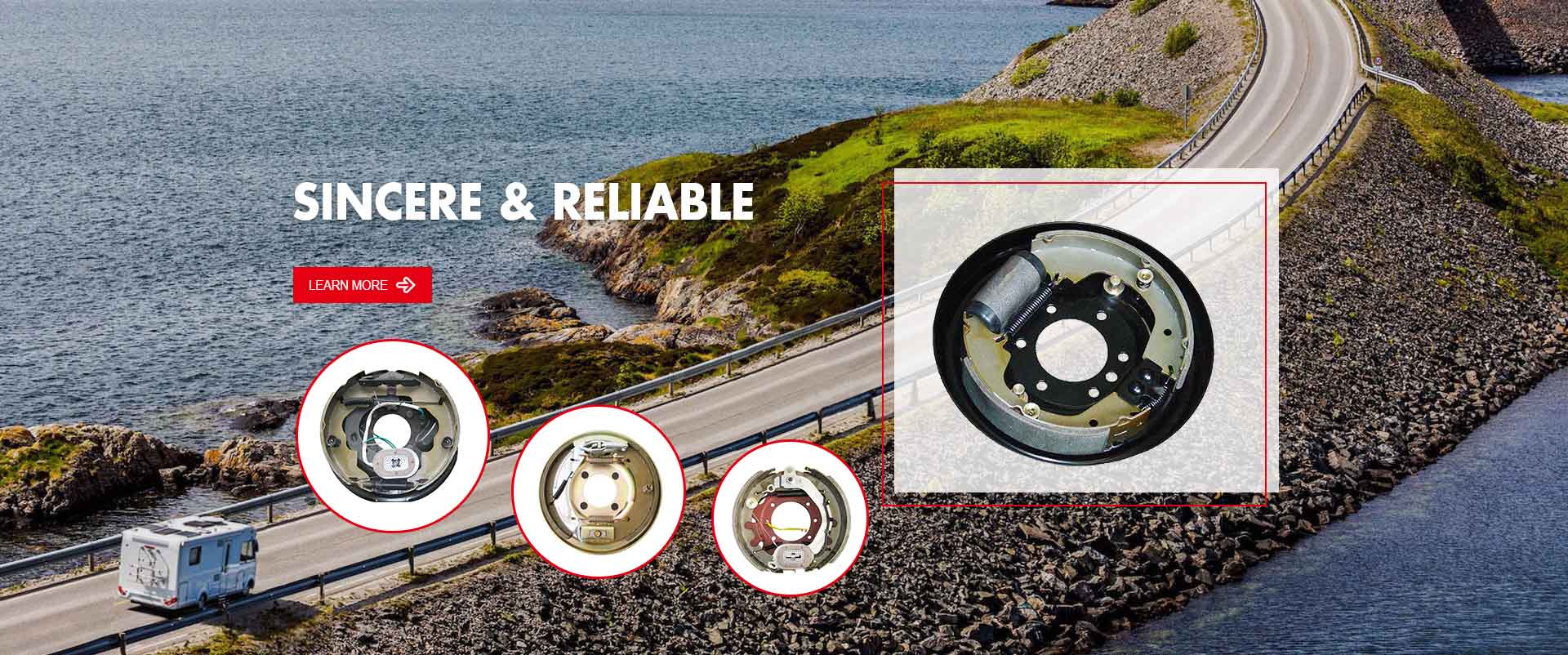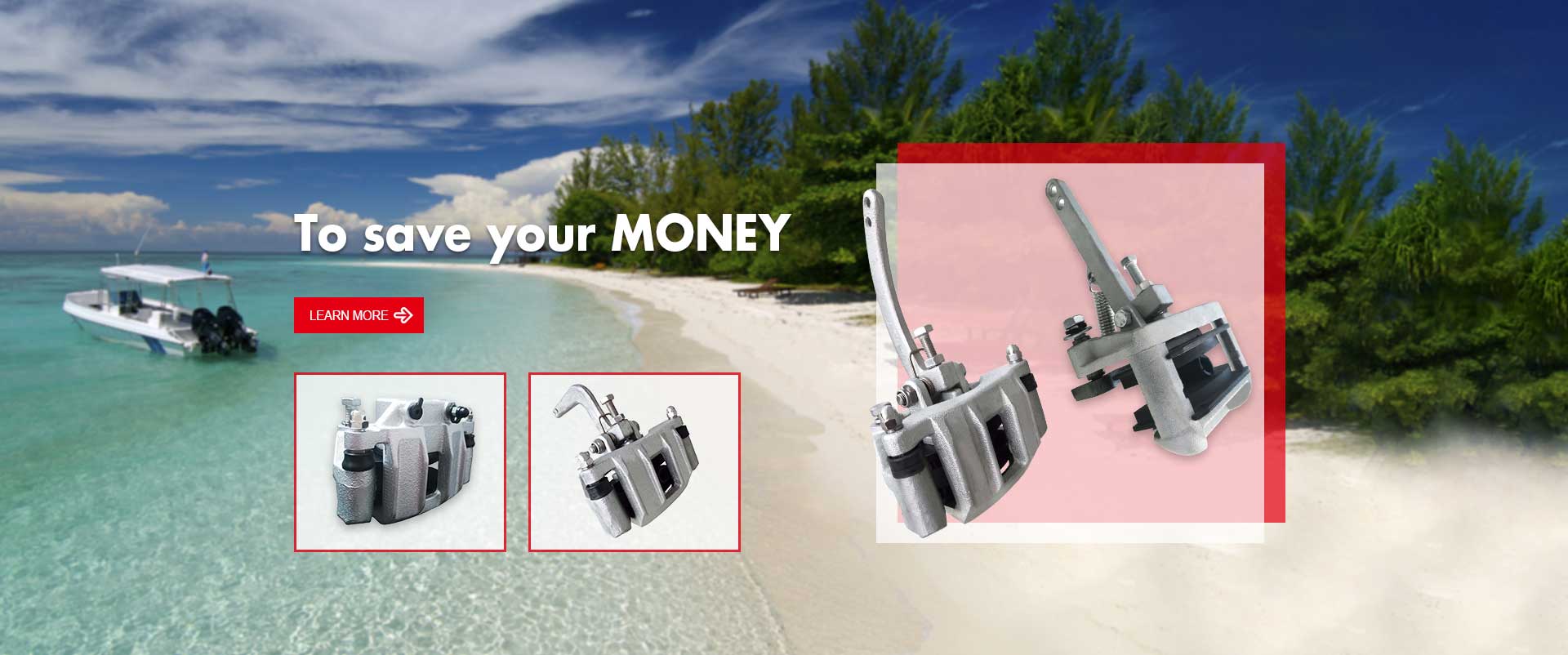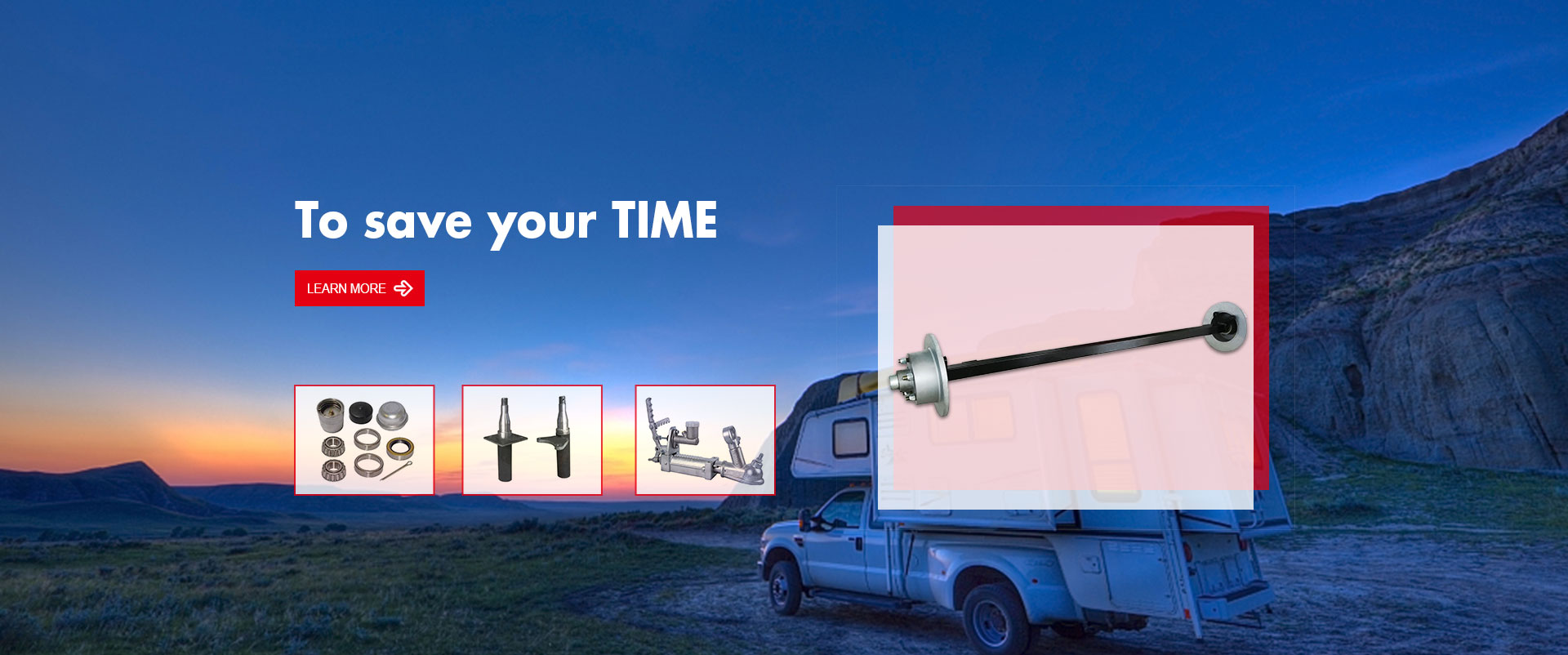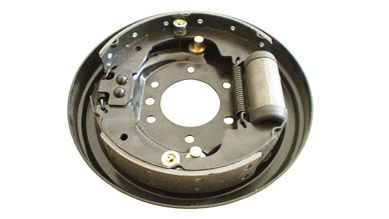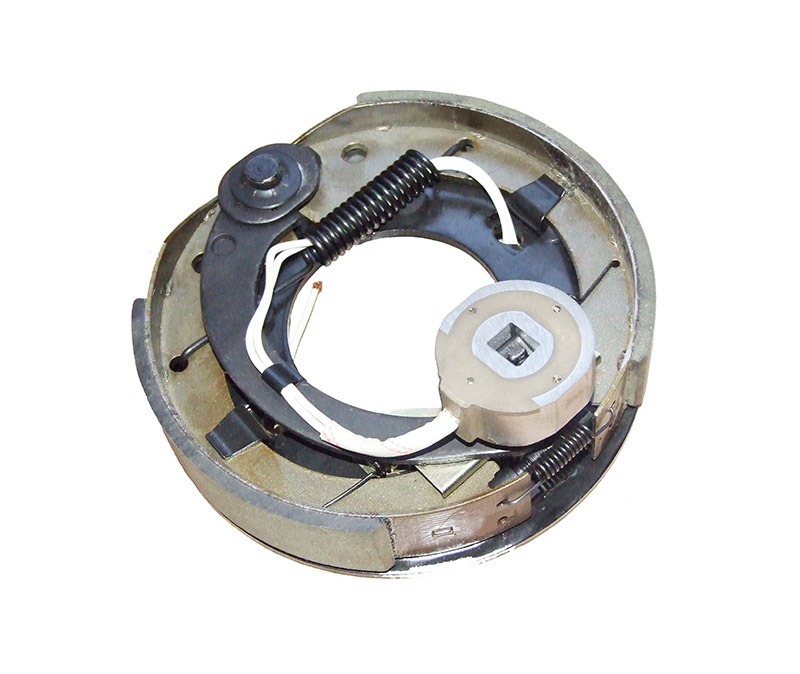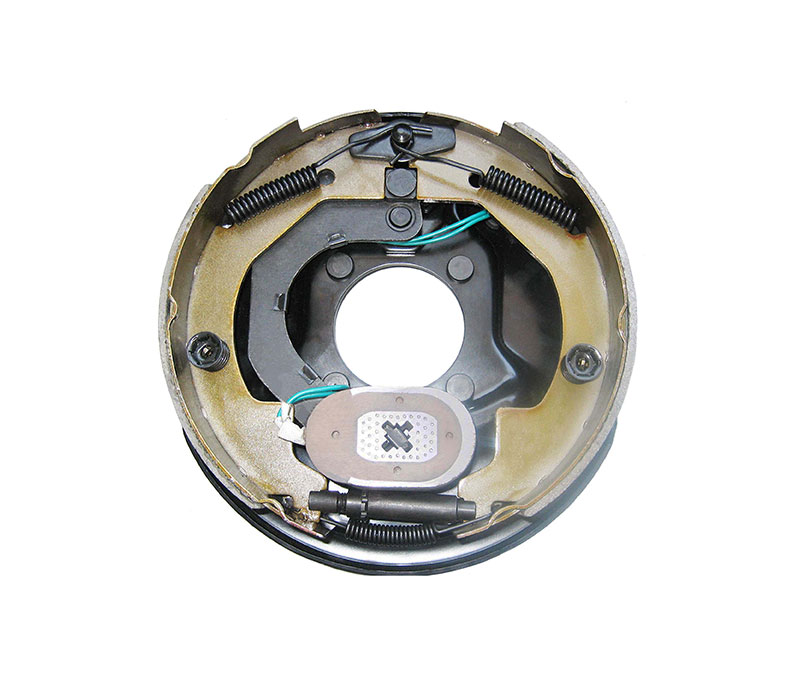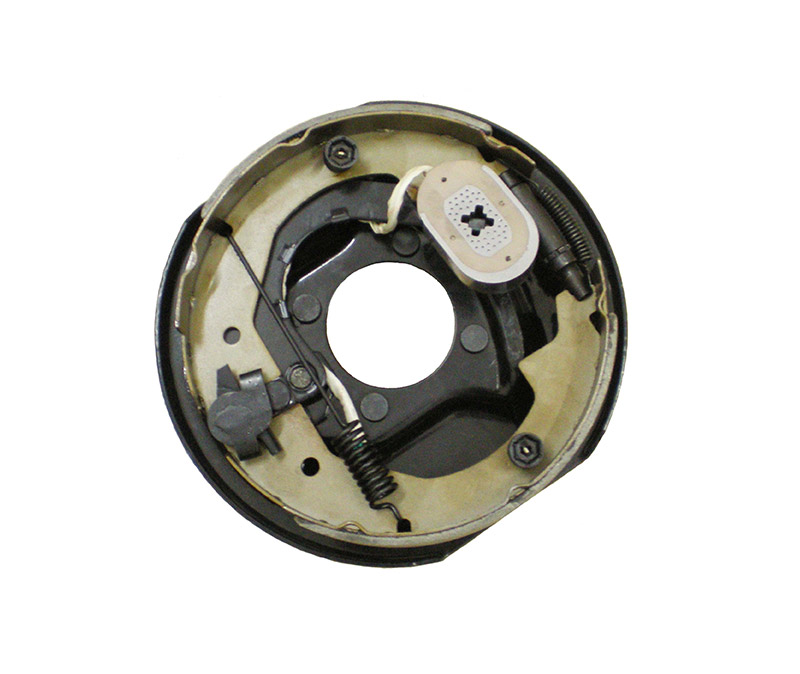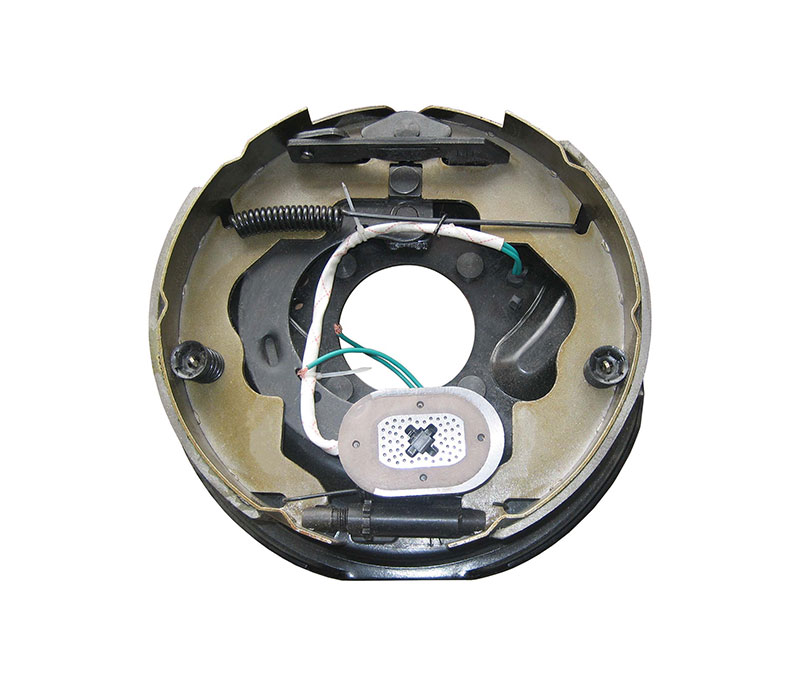Disc Hydraulic Brake Deflation Method
Trailer Hydraulic Brake is mainly used for braking control of some driving devices to stop quickly or decelerate. It can be divided into hydraulic brakes and block brakes. It is widely used in automobiles, lifting, metallurgy, mining, ports, terminals, construction machinery, etc. The correct use of the brake is very important, it not only helps to save oil but also ensures the safety of driving. Hydraulic brakes The main features of this product are:
1. The main swing hinge points are equipped with self-lubricating bearings, which have high transmission efficiency and no lubrication during use;
2. The main performance is safe and reliable, the braking is stable, and the operating frequency is high.
3. It has a chain-type equal-return device, and keeps the distance between the two sides of the tile at the same time during use to avoid the phenomenon that the brake pad on one side floats against the brake wheel due to uneven return;
4. The brake spring is arranged in the spring tube and has a braking torque scale on one side, which is convenient and intuitive to adjust;
5. Asbestos-free brake pads and brake shoes are snap-in type, safe and reliable, and easy and fast to replace.
Meet the standard: the installation size conforms to the GB6333-86 standard and the technical requirements conform to the JB6406-2006 standard.
Trailer Hydraulic Brake
The temperature of the hydraulic brake is not lower than minus 20 degrees Celsius and the high temperature is not higher than 50 degrees Celsius. Do not use it in the environment of flammable objects and explosive objects.
As a Hydraulic Disc Brake Caliper Supplier, let us know the environmental requirements for hydraulic brakes:
Ambient temperature: -40 ° C ~ +50 ° C, relative humidity: ≤ 90%, altitude: in line with the relevant provisions of GB755-2000.
The faults that occur with hydraulic brakes vary depending on the type of brake.
Common faults in hydraulic brakes are as follows:
1. The release pitch of the brake pedal is incorrect;
2. The brake fluid is missing from the brake master cylinder or the air enters the brake system (there is elasticity when the brake pedal is depressed or feels uneven when stepping down);
3. The master cylinder of the brake master cylinder is inflated, and the master cylinder compensates for the oil hole dyeing or the oil level in the master pump is too high to cause the brake to bite;
4. The oil pump inside the brake pump is stuck;
5. The piston in the wheel cylinder is stuck and the cup is damaged.
The brake pedal should have a relaxation distance of 8-14 km. To adjust the slack of the brake pedal, first loosen the limit nut on the pushrod, clamp the hex head with a wrench, rotate the pushrod to the left or to the right to set the standard pedal slack and the adjustment will be reduced. The nut is tightened.
The disc hydraulic brake deflation method is:
1. Add hydraulic oil to the master cylinder, hold the brake grip, let the air escape, and then immediately connect the joint to the wheel cylinder.
2. Hold the disc-type electric hydraulic brake grip so that the main cylinder generates oil pressure and then loosen the bleeder screw to release the air.
3. When no air bubbles are generated at the bleed screw, immediately tighten the bleeder screw and release the brake grip to return the oil to the master cylinder.
4. Repeat the second and third steps several times until the air is exhausted. The action must be coordinated when deflation, avoiding the mistakes in the operation and causing the air to enter the hydraulic system so that the work can be repeated from the beginning. During the deflation process, you should pay attention to adjusting the hydraulic oil to the master cylinder at any time.
Our company also has 12 Inch Hydraulic Brakes on sale, welcome to come and consult.










